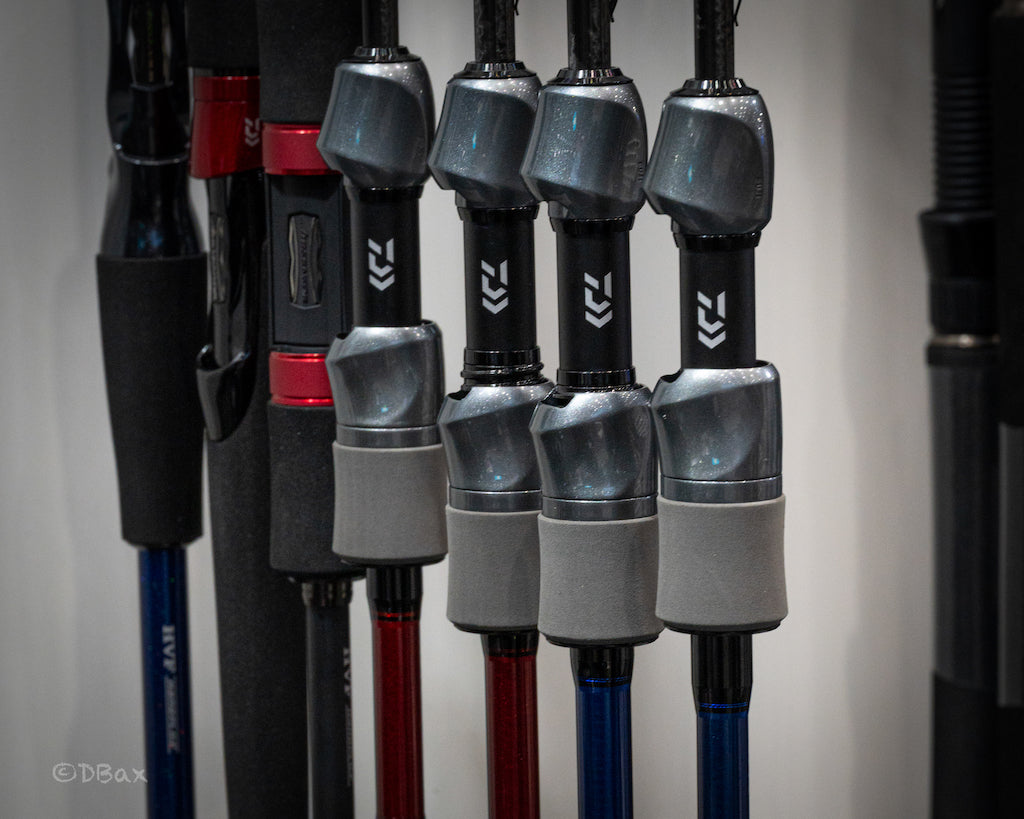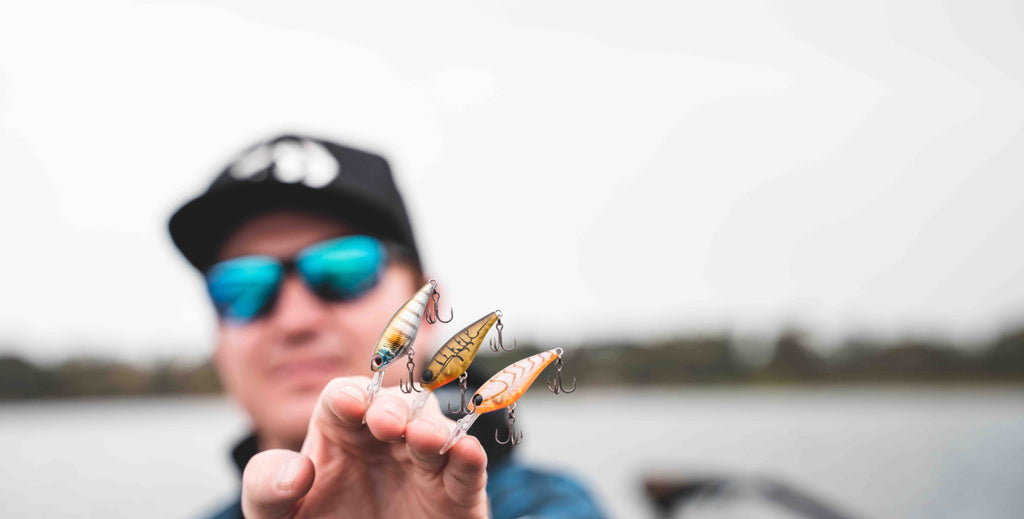Daiwa Fishing Tips: Crankbaiting Structure – Ian Seeto
At first glance, the technique of crankbaiting structure for the humble ‘Yellowfin Bream’ appears to be quite straight forward and anglers more often than not will catch the odd fish when using this technique. For tournament anglers, catching a few fish isn’t necessarily enough, and the key to being successful is consistency and the ability to be adaptable to conditions.
Like all things in fishing, there are multiple ways to do things and crankbaiting structure is no exception. There are numerous considerations within your control that you may take into account when using this technique such as:
- Shapes, size, colour and running depths of your lure – ‘Match the Hatch’
- Retrieval methods – Wind and burn, twitch, slow retrieve
- Line class
- Boat position – Parallel to boats and structure, retrieve up current or down current
- Type of structure you fish – Rockwalls, Pontoons, Marinas, Bridges, Rocky outcrops etc

All of these factors and more, can be the difference between a good day and a great day on the water. Here are a few key considerations that I believe are crucial when crankbaiting for Bream.
Rod:
I believe the type of rod used when crankbaiting plays an important part in casting and accuracy, while also controlling the fish at the business end of the process. I personally use a short rod (no longer than 6’6″)with a regular action. The short length is key to accuracy while despite the thoughts of others, I believe the regular – action provides me better control when extracting the fish from structure.
My other preference when selecting a rod is that it is one piece. Each rod has a ‘backbone’ and is designed to sit 180degrees around the rod from the guides and reel seat. By using a two piece rod, this backbone can easily be misaligned which can hamper casting accuracy. One exception to this is the Interline – TMZ-I 662ULFS, this guide-less rod provides deadly accuracy and is a perfect example of a good crankbaiting rod.

Line:
Two words – Spinning Flurocarbon. There has been a definite trend towards this practice and is my preference when crankbaiting for the following reasons:
- When casting and the line is running through the guides, there are no knots clipping the guides. This can affect your accuracy.
- I believe the stretch in the line coupled with the regular action rod gives greater control when fighting and landing a fish.
- Flurocarbon line sinks unlike braided line which ultimately affects the lure depth and retrieval.
When fishing with flurocarbon line, remember it is imperative to check your line for nicks and cuts every now and then to prevent that lost fish when you do hook up.

Tuning:
Believe it or not, lures can be tuned to swim differently and quite often can be the key to catching fish. By simply bending the tow point left or right slightly with a pair of pliers, you can make the lure swim left or right. The amount to bend the tow point is trial and error and my suggestion is to start small and swim the lure to test, gradually bending more for the desired effect. The benefits of this is that you can get a lure to swim under a boat to where the fish reside or continually crash into a pontoon creating a ruckus that the fish come out to investigate. This can be quite effective when the fish are timid and don’t want to venture far or by getting a reaction strike.
Next time you are on the water chasing Bream, take these items into consideration and give the structure a go.


 Contact Us
Contact Us Blog
Blog About
About





